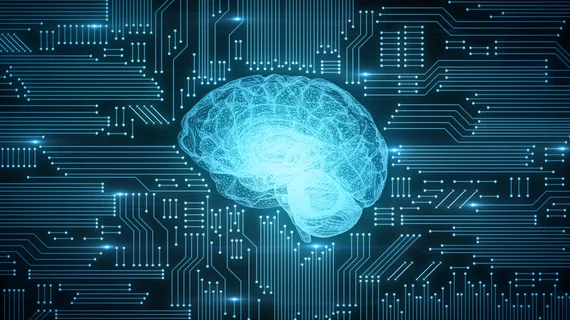AI can differentiate between tuberculous, pyogenic spondylitis as well as radiologists
A deep convolutional neural network (DCNN) can be trained to analyze MRI scans and differentiate between tuberculous spondylitis and pyogenic spondylitis, according to a new study published in Scientific Reports.
“Early stage disease and atypical image phenotypes make it difficult to establish a robust MR imaging feature that can distinguish tuberculous spondylitis from pyogenic spondylitis,” wrote Kiwook Kim, department of radiology at Gangnam Severance Hospital in Seoul, South Korea, and colleagues. “Distinguishing between the two using MR images alone remains a challenging task, even for skilled radiologists.”
The authors tested their artificial intelligence (AI) algorithm with MRI data from 80 patients with tuberculous spondylitis and 81 patients with pyogenic spondylitis. Three musculoskeletal radiologists with at least seven years of experience blindly interpreted the same images. The DNN classifier had an area under the ROC curve (AUC) of 0.802, slightly higher than the AUC of the three radiologists (0.729). The difference between the two, however, was not significant.
“Deep learning is known to outperform other feature-based machine learning algorithms in the medical imaging field as well as computer vision field,” the authors wrote “Consistent with previous studies, DCNN showed high performance in differentiating spondylitis. To the best of our knowledge, the present study may be the first to propose a deep-learning method for the differential diagnosis of infectious spondylitis using MR imaging.”
The authors did note that their research had certain limitations. They used a small number of patients and MR images, for example. Also, the quality of the images themselves was “heterogeneous.”

